
Creative director Delphine Genin draws on a variety of historical, artistic, contextual and personal references when creating works of couture for the atelier’s clients. Here, Delphine shares her thoughts and reflections, revealing some of the many influences in her process of creating couture garments and muses on the nature of the world, business, fashion and luxury and how the label advances the empowerment of women through various means.
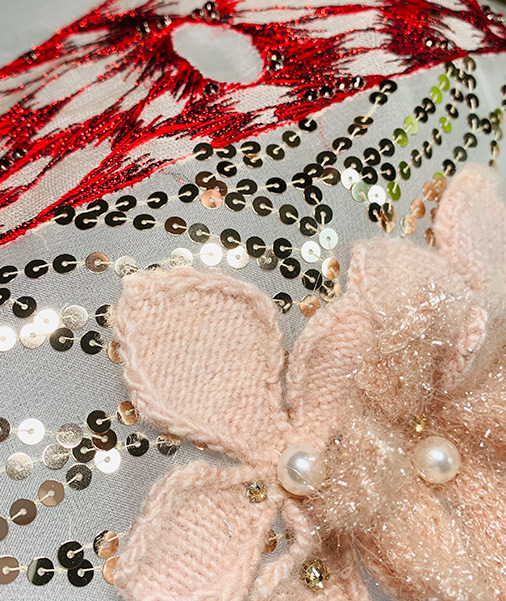
One must consider the impact on the individual, their peers, the society as a whole, the environment as well as their own business including their employees, supply chain and third parties and many other factors besides.
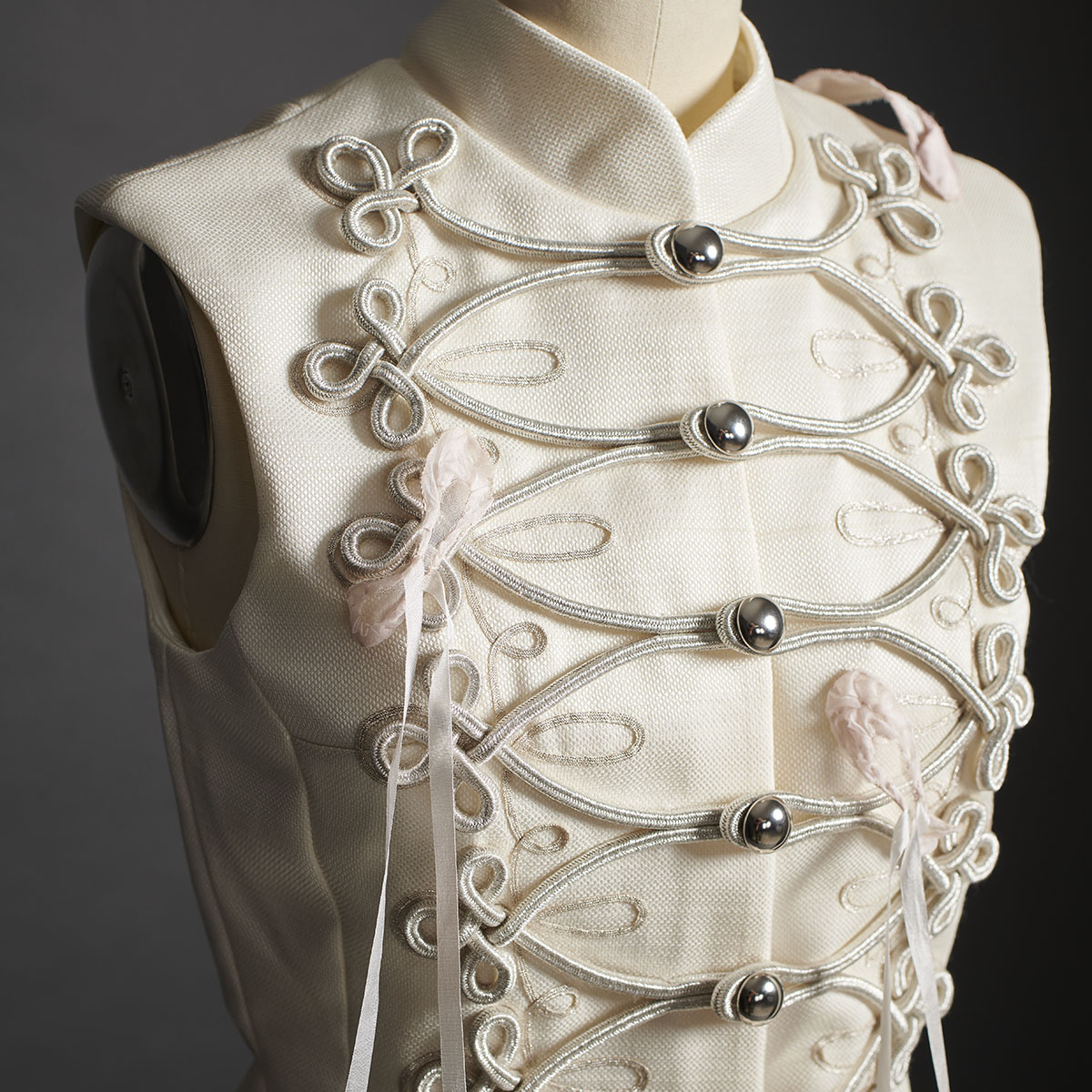
So much has changed in the past year, particularly the ways in which we consume and appreciate clothing and fashion. Here, creative director Delphine Genin muses on how the pandemic has altered consumer behaviours and shopping patterns and how these might continue into the future.
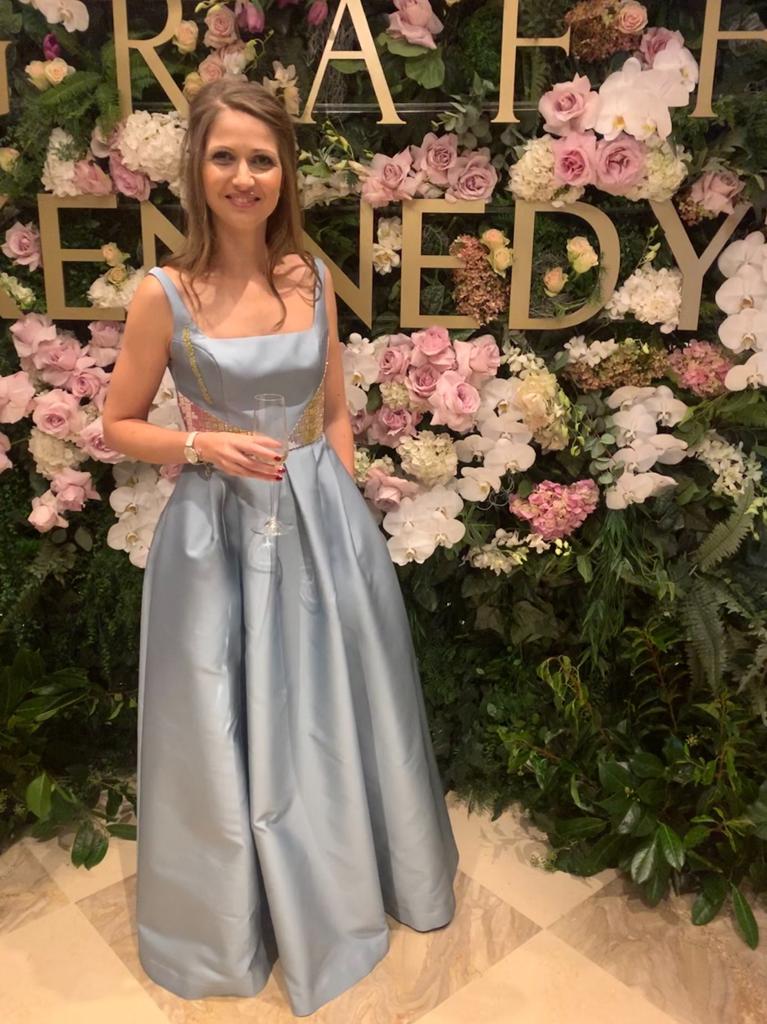
Delphine believes that due to her different pathway in her career, her mind is fresh, free from conventions, rules and expectations and it has allowed her to develop her own understanding of art and creativity.

In modern times, women are involved more than ever before in business - from board meetings and investor’s programs to taking roles in executive functions and senior leadership - yet it is still unbalanced. Assertive and hardworking, her ambition to become a CFO arrived quickly in Delphine’s career, however it did not take her long to understand that she would have to do more, take more risks and boldly speak her mind in order for her to be listened to and trusted.
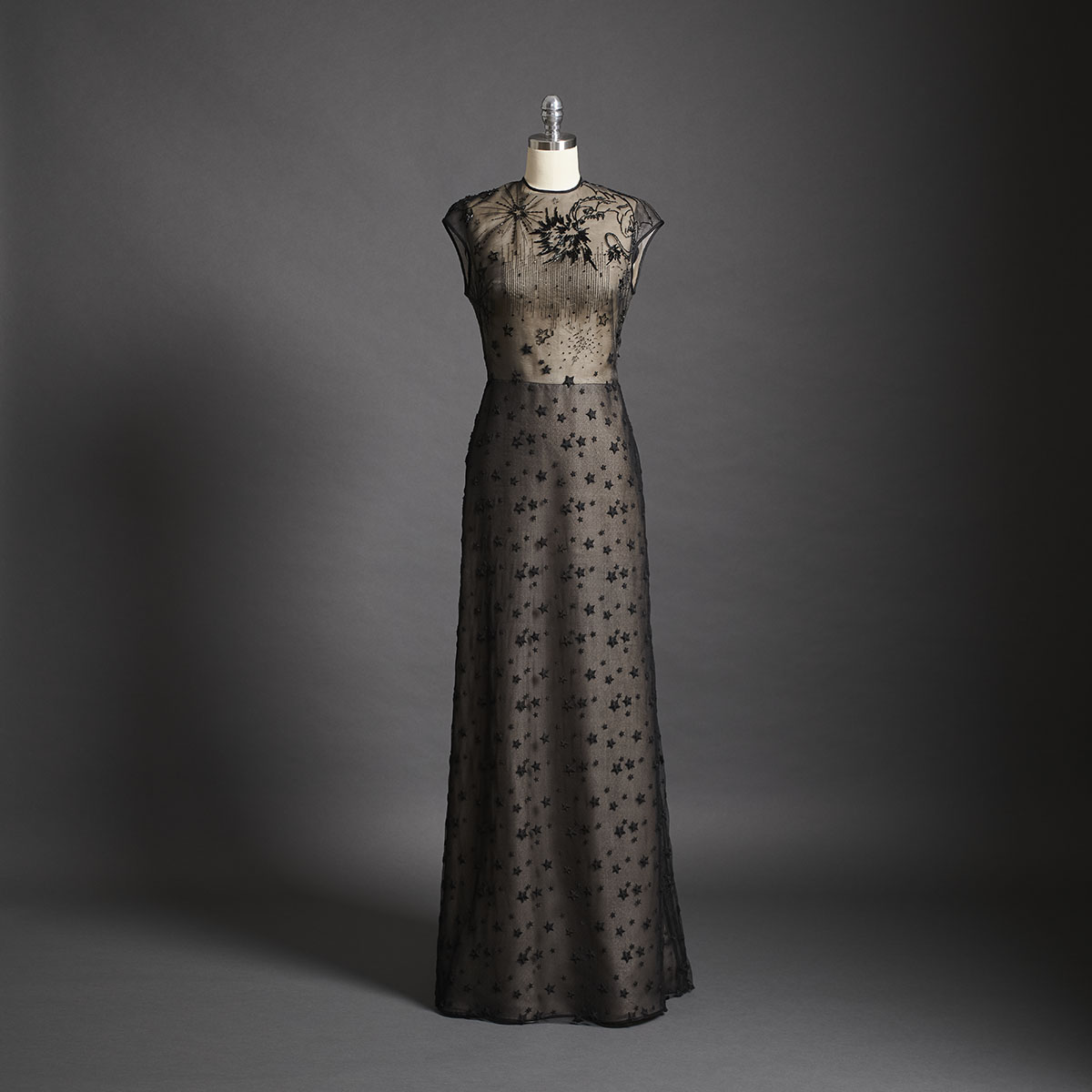
Few forms of fashion are as luxurious and personal as couture. The resultant creations are not merely garments, but pieces of art. As creative director Delphine Genin would say: 'I don’t just design clothing; my clients could find dresses from other stores. We have deep and meaningful conversations which lead me to uncover their multifaceted personality...'
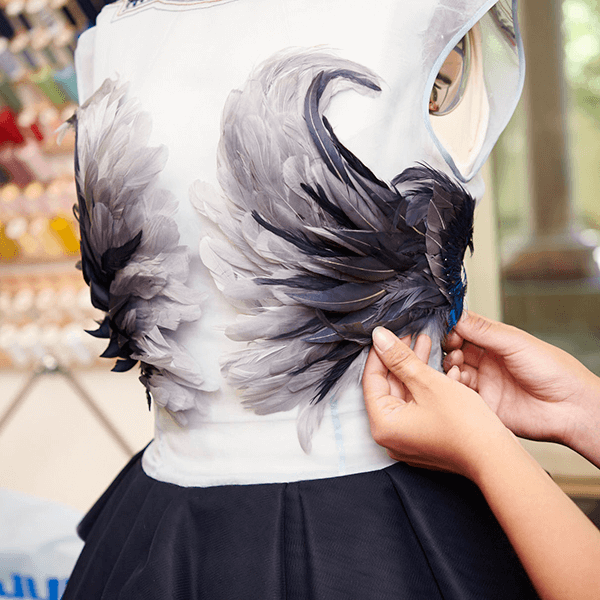
“Sometimes I feel as if we are in a laboratory, making new discoveries and creating marvellous inventions...” muses creative director Delphine Genin. Imagination, creativity and innovation are values which run true to the core of the DELPHINE GENIN brand. A complete embroidery or work of Art are the result of not only hours of work, but also of research that the team of artisans bring together. Through her imagination, Delphine has the ability to bring into the mind things that aren’t present to our senses.

What we wear is a reflection of our personality and identity. Or is fashion allowing us to be who (we think) we want to be? Clothing is like our second skin: we express who we are, our personality and identity, through non-verbal communication. It conveys social status, gender preference and is a reflection of how we view ourselves and others.

So much has changed in the past year, particularly the ways in which we consume and appreciate clothing and fashion. Here, creative director Delphine Genin muses on how the pandemic has altered consumer behaviours and shopping patterns and how these might continue into the future.
“Our experiences throughout the past year have helped to show us the impact of fast fashion and the pressure to produce endless seasonal collections. These experiences have also shaped a renewed understanding of fashion’s utility and our expectations of the clothes we wear, and I would anticipate for this to continue into 2021,” says Delphine.
This much is evident already, with many consumers moving towards clothes which make them feel happy, with less consideration given to the opinions of others. Moving toward a stronger sense of individuality and embracing self-expression will be clear - as Delphine predicts we should prepare to see more volume and bold colours as well as details like fringing and feathers as we yearn for the excitement of dressing up and celebrating self-expression. This heightened consumer awareness of their self and the way their clothing makes them feel will be a key focus for designers and brands to remain relevant to consumers.
In saying that, consumers will also be seeking greater levels of functionality from their clothing - with increased expectations and demands for fashion which can integrate with their busy lives. These modern consumers, women in particular, will have greater demands for clothing which can “jump” from one activity to another - and designers must understand how to create pieces which can make this transition between day, work, evening, holiday and relaxation. Delphine also expects that we will see a focus on “utility” elements such as zippers, pockets and more robust garments which are equipped to handle challenges both old and new.
Another clear insight from our experiences over the past year is a renewed or perhaps heightened attention to sustainability and ethical practice, as our connection to the world grew and brands were placed under the microscope. More than ever before, consumers are thinking about their surroundings and their impacts on the world around them. They want to know where their clothes are coming from - who made them, where they were made and from which materials. Delphine suggests there will be an even greater shift toward recycled or responsibly-produced materials into 2021 and beyond, as our impact on the environment continues to be a concern for many, while we will shift our buying patterns to seek out locally-produced, artisanal pieces - developing a direct relationship with makers and designers, drawn to high-quality pieces which are made to last and moving away from fast, “throwaway” fashion.
Finally, we will be drawn to fashion and clothing which enhances our emotional wellbeing - seeking out pieces which hold symbolic or emotional meaning and encourage us to dress for the person we want to be. Leading social psychologist Adam Gilinsky once said: “It has long been known that clothing affects how other people perceive us, as well as how we think about ourselves” - an idea which will prove even more true as we move forward into a “new normal” and a new year. Dressing up in clothing which represents the person you want to be and makes you feel good is a concept known as “enclosed cognition” - for example, dressing up in formal clothes, even while staying at home, makes us feel more confident, outgoing and productive. In this way, our clothing almost develops human-like qualities, further enabling us to see what we wear as an extension of not just who we are, but who we wish to be.
“Moving into a new year, we will expect more from brands, designers, fashion and clothing than ever before. The ordinary must become extraordinary - and carefully balance the many needs of consumers and excite and support them at every turn, whilst also striving to become a brand with ideals they can proudly stand behind,” says Delphine.
#Delphine's Reflections
Creative director Delphine Genin likes to observe and develop her own understanding of the world around her.
“Through my work, I want to represent things I couldn’t express with words. As some say, certain people are more visual than others,” says Delphine. “I like unusual conversations with people, unstructured activities and above all not to repeat the same thing twice.”
Delphine believes that due to her different pathway in her career, her mind is fresh, free from conventions, rules and expectations and it has allowed her to develop her own understanding of art and creativity.
She discovered these same traits in French architect Charles Garnier, who would say “the style I use is my own” when speaking about his work for the Palais Garnier. Garnier was renowned for going against convention when signing his work (he signed the ceiling of the rotunda on the ground level of the Palais Garnier), which raised questions about architects signing their work (at the time, it was not common) and expresses the complexity of the designer being an artist and not just a designer.
Delphine draws inspiration from anything and everything - able to find interesting elements in everything she comes across. From this broad perspective, Delphine designs gowns which represent feelings and emotions, unrestricted by the notion of what is “normal”.
While designers have limitations with their work (from the shape of the garment to the fit on the body), artists are able to look at their work and see it as an extension of themselves, while designers don’t have that liberty. Delphine likes to think of art as a practice that permits her to think outside the box and create pieces that are subjective to interpretation.
Art is based on traditions, while design is based on needs.
#Delphine's Reflections
In modern times, women are involved more than ever before in business - from board meetings and investor’s programs to taking roles in executive functions and senior leadership - yet it is still unbalanced.
When thinking about her studies and career, Delphine dreamed of working in finance - as it would cover topics like mathematics, the economy and financial management - a career which may be typically attributed to men. Always determined to be different, Delphine saw this as her way not to conform to the ‘normal’ and express herself.
There were occasions throughout her career in finance and business where male counterparts tried to put Delphine in uncomfortable positions, with quips like: “You? Have you done this before?” and “This is not meant for you.” However, this only gave Delphine even greater motivation to succeed and prove them wrong.
Assertive and hardworking, her ambition to become a CFO arrived quickly in Delphine’s career, however it did not take her long to understand that she would have to do more, take more risks and boldly speak her mind in order for her to be listened to and trusted.
Women in business face numerous biases - historically considered for their appearance, their beauty and their physique. “Why are women expected to be soft, sexy and charming while men are expected to be strong and intelligent?” questioned Delphine.
Despite these biases and the inherent gender inequality in business, Delphine believes that the secret to being a successful businesswoman lies in personality. “I have always been fiercely independent, confident and determined to succeed,” says Delphine. But most importantly, she did not want to act like most of her counterparts in order to lead.
“I believe we lead by example and inspire people by having empathy, integrity and curiosity,” says Delphine.
After her successful career in finance, Delphine decided to launch her eponymous label, DELPHINE GENIN, where she could mix her passions for art, business, psychology, creativity and technology in one place.
While it seemed natural for Delphine to make the progression from the finance to the creative world, many questioned her decision, unable to understand why she would love a comfortable, senior position in business for an uncertain future with her own creative venture.
“I had to think for a long time what title would best represent what I wanted to achieve. I was not a designer, and the word fashion can have negative connotations in today’s world,” says Delphine. Fashion Designer was not an option.
Creative Director reflects the complexities and combination of Delphine’s work. Always one to think outside the box, this new title allowed Delphine to combine her experience and understanding of business with her passion for creativity and couture - with no limits as to what she can create and achieve.
Although working for yourself is not without its challenges - the days are long, with little separation between the work life and the personal life - the reward has no price. As a business woman in a creative world, Delphine has the rare opportunity and position to make people question themselves - and the world around them.
“Never give up, don’t take anything personally, and most importantly, don’t take no for an answer,” says Delphine. “Believe in yourself and trust your instinct.”
#Delphine's Reflections
Few forms of fashion are as luxurious and personal as couture. When a garment is made by hand, it retains not only the skilled touch of a highly trained artisan, but also the hours upon hours of thought, consideration and personalization - each tailored specifically to our client’s exact measurements and taste.
The resultant creations are not merely garments, but pieces of art. As creative director Delphine Genin would say: 'I don’t just design clothing; my clients could find dresses from other stores. We have deep and meaningful conversations which lead me to uncover their multifaceted personality, enabling us to create something which is the ultimate representation of their self.”
Each garment has a story, once which considers not only the physical context in which it is made, but the psychological impact on the wearer - transforming their understanding of the world and their place within it. Every design is unique and intended to be loved and worn for many years, forming not just part of a woman’s wardrobe, but of her personal collection of artefacts and heirlooms which are treasured and revered.
“Part of why I am so passionate about what we do is that our garments each hold a story - they encourage the wearer to ask themselves: 'What is normal? What is not? What is the new normal?’ They embolden one to think more deeply about the world we live in, and their place within it,” says Delphine Genin.
#Delphine's Reflections
“Sometimes I feel as if we are in a laboratory, making new discoveries and creating marvellous inventions...” muses creative director Delphine Genin. Imagination, creativity and innovation are values which run true to the core of the DELPHINE GENIN brand.
A complete embroidery or work of Art are the result of not only hours of work, but also of research that the team of artisans bring together. Through her imagination, Delphine has the ability to bring into the mind things that aren’t present to our senses.
Her hypotheses start with events from the past, which are open to interpretation or re-interpretation, or about the future, where she can anticipate and speculate about new theories. But those only come to life once the creative process takes place. As in a laboratory, our ideas will evolve in the making: it is an evolutionary process where we constantly jump between the idea and the materials used to represent that idea. What Delphine finds fascinating is that whichever the outcome, even when not successful, the process of making takes us on another journey from the original sketch.
The team of artisans invests hours in testing new materials, techniques and fabrications to remain at the forefront of developing new and exciting creations. There is no limit in the label’s search for new materials, from repurposed, vintage, metallic threads through to unexpected use of mirrored sequins, shells and feathers to ensure uniqueness and rarity lies at the heart of each garment. Artisans will experiment and keep accurate measurements of all tests conducted as well as difficulties encountered. Each material has its particularity and we dompt them over time.
Artisans of couture, particularly embroiderers, are memory passers. Their innovation lies less within the techniques used (many of which have remained the same for years) and more so in their interpretation and the use of these techniques outside of conventional codes.
For example, the DELPHINE GENIN atelier created a 'gold embroidery’ (also known as 'goldwork’) using metal threads traditionally used in uniforms and military regalia mixed with traditional crochet embroidery (also known as 'Luneville’) to represent the 'Infinite Night Sky’ from the constellations in the Northern hemisphere. This unprecedented effect was the result of many hours of research and experimentation with different materials and techniques.
#Delphine's Reflections
What we wear is a reflection of our personality and identity. Or is fashion allowing us to be who (we think) we want to be?
Clothing is like our second skin: we express who we are, our personality and identity, through non-verbal communication. It conveys social status, gender preference and is a reflection of how we view ourselves and others. As members of a community, we seek positive feedback from others which reassure us of our sense of belonging to a group.
It is also a way to represent ourselves in the most favourable way. Some research made on women living with breast cancer concluded that clothing was used as a mean to manage mood, a source of connecting with others, a means to conceal, reveal, accentuate and compensate through its flexibility and a way of exploring the self.
But is fashion truly a reflection of who we are?
The cultural standards of beauty and gender stereotypes impact how we perceive and view our bodies. These pervasive gender roles, which even still associate femininity with beauty and masculinity with power, continue to exist despite the success of the feminist movement. Women are often compared to 'standards’ of models and expected to become 'perfect’, that is to say, neutral and removed of any and all irregularities.
We often ask, 'what is the secret of French elegance?’, or 'how do French women feel so confident?’, the answers lie in the way of thinking: being different and independent. They do not compare themselves with others, they don’t expect positive feedback from others, they face aging with attitude, joy and no surgery.
Delphine wants to think that clothing doesn’t have any seasonality nor standards and there is no colour that 'matches’ the colour of your skin. They represent a mood, the feeling of the day that is translated with shapes and colours interpreted by their own waver.
When you wear something special, something unique, you are wearing a piece of Art which reflects the person you want to be.
“For me, when we wear couture, it is a representation of our true self, rather than what others expect of us or how we change ourselves to fit in. It is so intimately personal, so bespoke to our individual tastes, that it cannot help but express our most authentic self,” says creative director Delphine Genin.
#Delphine's Reflections
You are a visionary fashion tech. expert or artist, you have novel ideas to partner with us or are simply a risk-taker, email us at [email protected]